Village Zhylyu-Bulak. Waste Disposal (Whey). Dairy Spring Cheese Production Plant
42°44’9993″N 78°37’6510″E
One of the main sources of environmental pollution is industrial production, which involves significant amounts of natural resources. The dairy industry is no exception and is also one of the sources of environmental pollution, with dairy waste posing a serious threat to the environment.
Waste from the "Sut Bulak" cheese factory ends up in the Tüp River. "Kisel rivers - milk shores" exist not only in fairy tales but also when a well-established production tries to save on wastewater treatment facilities and waste processing, simply dumping whey into settling ponds, from which water then seeps into groundwater, the Tüp River, and Lake Issyk-Kul.
When dairy production waste is discharged into water bodies, all aquatic microflora dies, and after a few days, when the milk becomes acidic, a sharp unpleasant odor appears. The rapid oxidation of organic compounds causes an unpleasant smell that affects the residents of nearby settlements. Additionally, this is a blow to the biodiversity of water bodies. For instance, an increase in phosphorus in the water during warm weather leads to algae growth, and in cold weather, it causes their decay, all of which depletes oxygen from the water, resulting in fish deaths.
Moreover, there is not only ecological damage but also economic harm. After all, whey is also a valuable protein raw material that we currently lack. Discharging it into the sewage system or onto filtration fields is a crime.
The World Bank's "Guidelines for Environmental, Health, and Labor Protection in Dairy Production" states that salting processes in cheese production can result in a high degree of salinity in wastewater. Wastewater may also contain acids, alkalis, detergents with a whole range of active ingredients, disinfectants, including chlorine compounds, hydrogen peroxide, and quaternary ammonium compounds. Wastewater can be characterized by a high content of microorganisms and may contain pathogenic viruses and bacteria.
Meanwhile, the "Sut Bulak" company commented on the activists' statements. They claim that all environmental standards and requirements are met in dairy production, and waste from production cannot enter either the Tüp River or, even less so, Lake Issyk-Kul.
FOR REFERENCE: The "Sut Bulak" Closed Joint-Stock Company was established on January 5, 1996, as a result of the intergovernmental Kyrgyz-Swiss Dairy Program. The company produces cheeses and various types of dairy products under the brands Dairy Spring and Milky Day. The "Sut Bulak" cheese factory, located in the Tüp district of the Issyk-Kul region, produces about 700 tons of cheese per year. The raw materials for processing are supplied by farmers in the Tüp district, which has more than 50 milk collection points. Initially, the plant's processing capacity was about 12 tons per day; now it processes up to 55 tons.
One of the main sources of environmental pollution is industrial production, which involves significant amounts of natural resources. The dairy industry is no exception and is also one of the sources of environmental pollution, with dairy waste posing a serious threat to the environment.
Waste from the "Sut Bulak" cheese factory ends up in the Tüp River. "Kisel rivers - milk shores" exist not only in fairy tales but also when a well-established production tries to save on wastewater treatment facilities and waste processing, simply dumping whey into settling ponds, from which water then seeps into groundwater, the Tüp River, and Lake Issyk-Kul.
When dairy production waste is discharged into water bodies, all aquatic microflora dies, and after a few days, when the milk becomes acidic, a sharp unpleasant odor appears. The rapid oxidation of organic compounds causes an unpleasant smell that affects the residents of nearby settlements. Additionally, this is a blow to the biodiversity of water bodies. For instance, an increase in phosphorus in the water during warm weather leads to algae growth, and in cold weather, it causes their decay, all of which depletes oxygen from the water, resulting in fish deaths.
Moreover, there is not only ecological damage but also economic harm. After all, whey is also a valuable protein raw material that we currently lack. Discharging it into the sewage system or onto filtration fields is a crime.
The World Bank's "Guidelines for Environmental, Health, and Labor Protection in Dairy Production" states that salting processes in cheese production can result in a high degree of salinity in wastewater. Wastewater may also contain acids, alkalis, detergents with a whole range of active ingredients, disinfectants, including chlorine compounds, hydrogen peroxide, and quaternary ammonium compounds. Wastewater can be characterized by a high content of microorganisms and may contain pathogenic viruses and bacteria.
Meanwhile, the "Sut Bulak" company commented on the activists' statements. They claim that all environmental standards and requirements are met in dairy production, and waste from production cannot enter either the Tüp River or, even less so, Lake Issyk-Kul.
FOR REFERENCE: The "Sut Bulak" Closed Joint-Stock Company was established on January 5, 1996, as a result of the intergovernmental Kyrgyz-Swiss Dairy Program. The company produces cheeses and various types of dairy products under the brands Dairy Spring and Milky Day. The "Sut Bulak" cheese factory, located in the Tüp district of the Issyk-Kul region, produces about 700 tons of cheese per year. The raw materials for processing are supplied by farmers in the Tüp district, which has more than 50 milk collection points. Initially, the plant's processing capacity was about 12 tons per day; now it processes up to 55 tons.

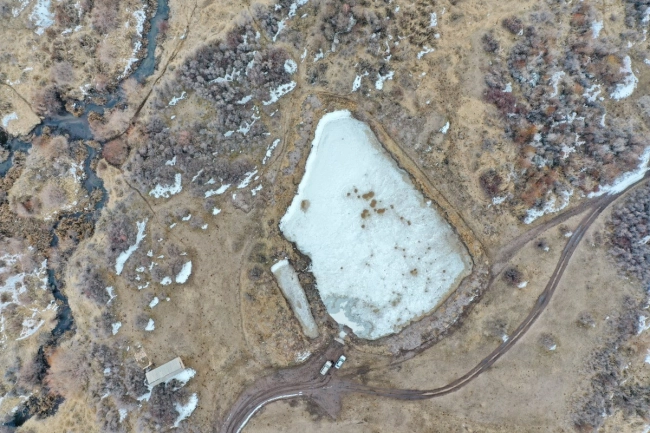

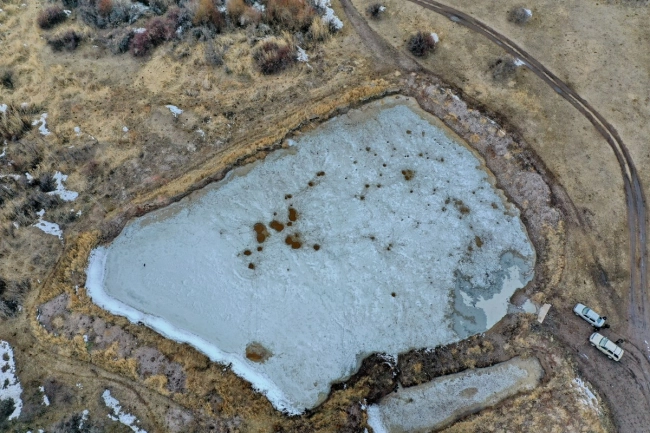
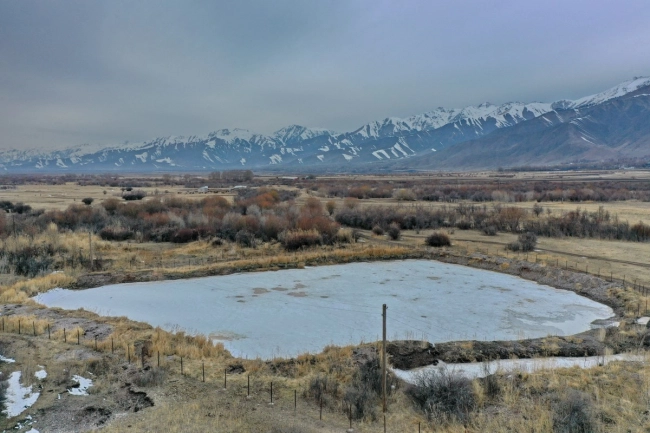
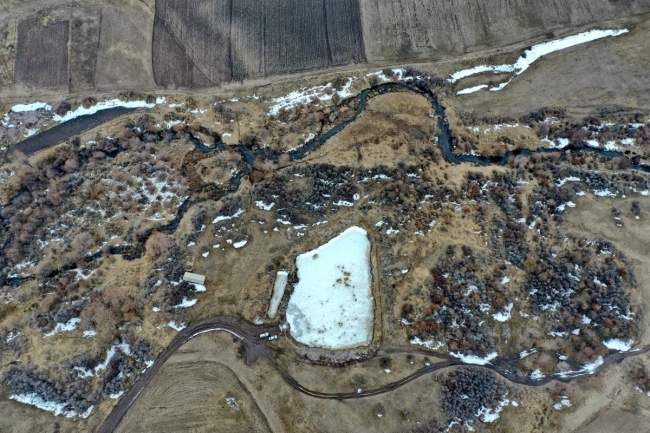
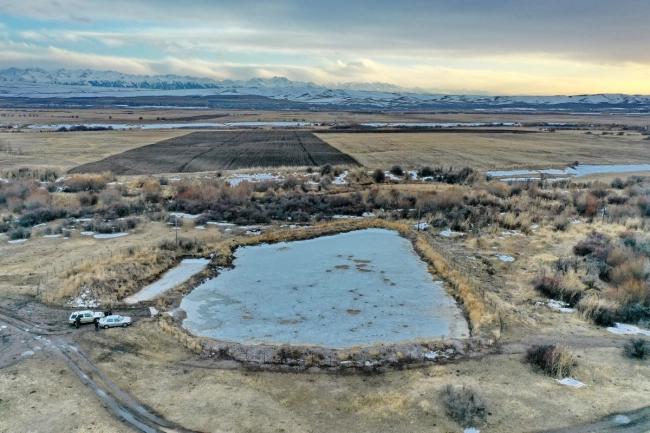
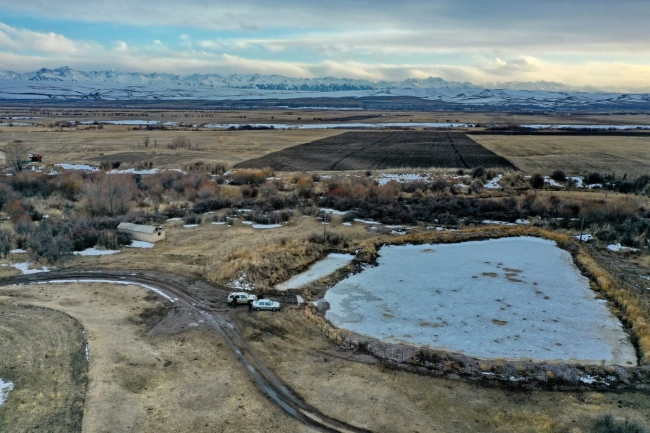
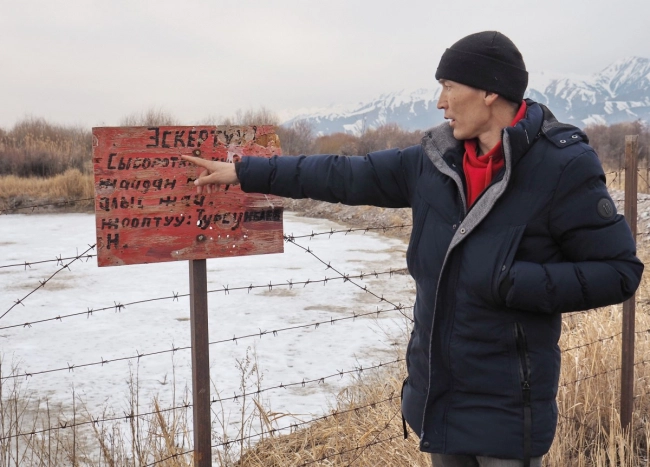

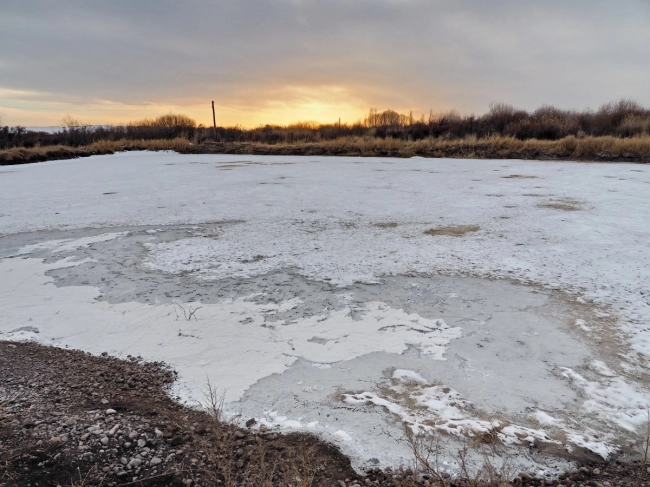


















Attention: Information based on submitted complaints